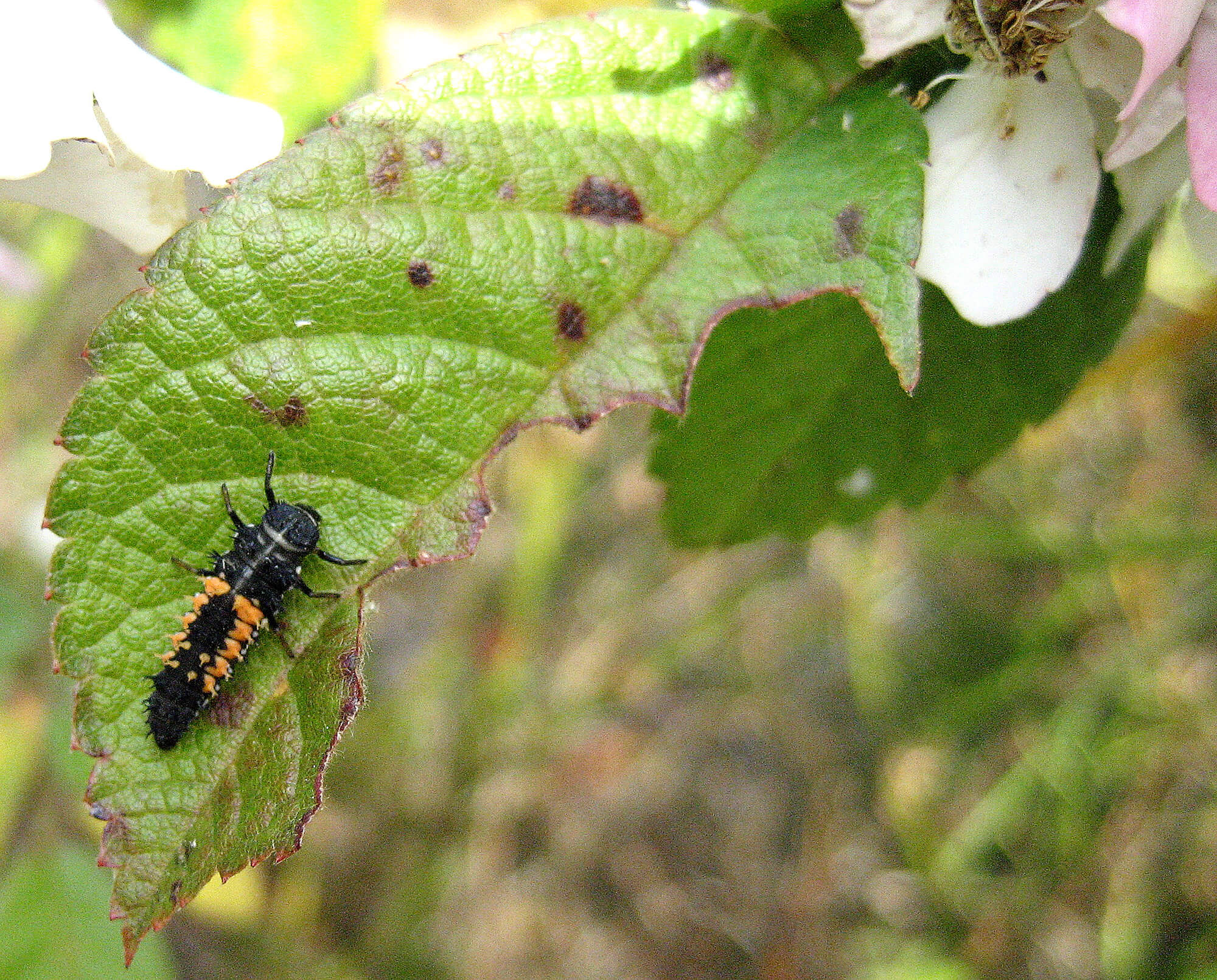Advice for the Horticulturally Harassed
Dr. C. was a regular writer and hortipersonality at BHN for many years until his retirement in 2011. As a nod to the 1980’s, we are herein reprinting an article from another era.
The only thing that stops God from sending another flood is that the first one was useless.
— Nicholas Chamfort (1741-1794)
Practicing Tolerance
Tom Paine wasn’t the only author possessed of common sense. Here are some excerpts from a commendably sensible Tom Christopher in House & Garden:

“Genomic research has revealed that fully half the genetic material of a fruit fly and of Homo sapiens is comparable. Our constant conflict with insects springs from our shared tastes: we like to eat the same things and live in the same places. And we both enjoy gardens, though in different ways.
I enjoy my garden’s insects as much as I do its plants. To the average gardener, insects (at least those of the plant-eating sort) are an axis of evil, which is unfair. We might compliment a beauty by describing her as ‘doe-eyed.’ ‘Bug-eyed,’ however, is unmistakably an insult. Yet a hungry deer will do more damage in a single night than a flock of aphids could do in a month of sap sucking. Besides, if I tire of aphids, I can simply bump them off with a blast of water from the hose. That’s something I rarely choose to do, however. I have learned that an overpopulation of one species is proof that my garden contains not too many insects but too few.
Given a large enough, and sufficiently diverse, population, insects police themselves. Enrich the insect habitat and your landscape will attract not only plant eaters but also the aptly named soldier bugs, assassin bugs, pirate bugs, big-eyed bugs, and robber flies—insects that eat other insects. These so-called predaceous insects will, if left to themselves, keep the plant eaters in check, reducing their populations to tolerable levels—just as wolves and cougars once controlled deer.
The problem is that most of us do not leave insects to themselves. Otherwise sensitive people feel no compunction about committing insect mass murder. What 20 years of experience has taught me, however, is that, in the garden, insecticidal sprays generally cause more problems than they solve. A spray, if well chosen, will kill many, but never all, of its intended victims. Even if the survivors don’t simply repopulate (as an insecticide-resistant strain), your spraying will have vacated an ecological niche. Some other species is going to move in to fill it, and often the new arrival will prove more troublesome than its predecessor. Before long, you’ll find yourself running out for more chemicals to cope with the new plague, mired in the entomological equivalent of nation building.
Gardeners can boost predaceous insect populations by planting blooming shrubs together with nectar-rich flowers such as sweet alyssum, wild carrot, fennel, dill, coriander, yarrow, sweet clover and rue. Surround these with the creeping thymes, mints and rosemarys that furnish insects with cover. Then tuck in the bed with organic mulch such as shredded leaves or bark that will provide the moist, dark habitat that beetles prefer.
Cultivate insects and you’ll reap rewards that go far beyond a freedom from sprays. Down on my hands and knees I’ve found in my insect-friendly garden a brand new world, one both beautiful and pitiless. Aphids come to feed and breed on my rosebushes, and ants follow, feeding on the sweet sap concentrate that aphids secrete—until the day when the fat aphids are themselves devoured, by the long-legged assassin bug. I used to crush the fat, four-inch hornworms that feed on my tomato plants. Now I wait for them to metamorphose into the hummingbird-like sphinx moths that flit through the garden at dusk.”


